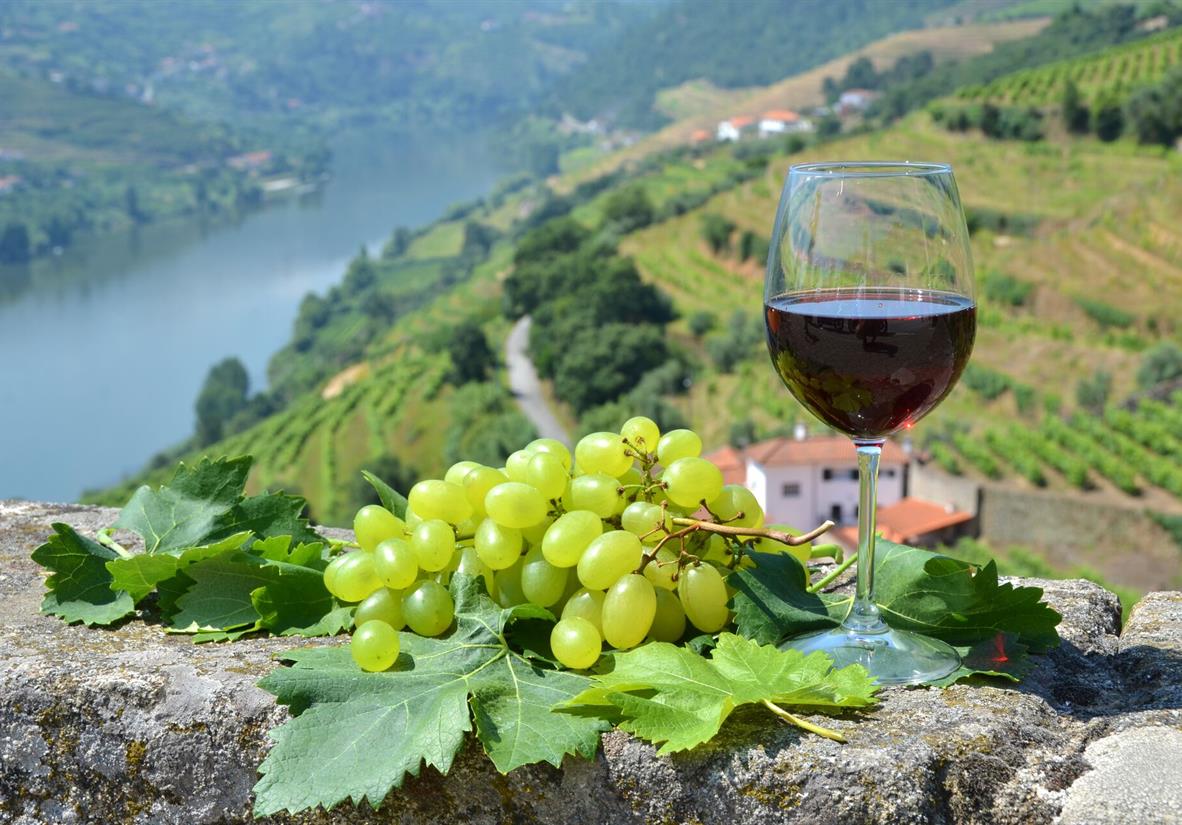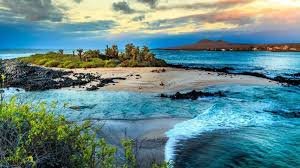Faroe Islands: Europe’s Hidden Beauty
Tucked between Norway and Iceland in the North Atlantic Ocean, the Faroe Islands remain one of Europe’s best-kept secrets. This remote archipelago, part of the Kingdom of Denmark, consists of 18 volcanic islands shaped by powerful seas, rugged cliffs, and dramatic weather. With a population of just over 50,000 and landscapes that seem untouched by time, the Faroe Islands offer an unmatched sense of peace, isolation, and raw natural beauty.
If you’re seeking an off-the-beaten-path destination that combines towering cliffs, crashing waves, lush green valleys, and charming villages, the Faroe Islands should be high on your travel list. Let’s explore what makes this place so extraordinary.
Untamed Natural Beauty
The most striking aspect of the Faroe Islands is its untouched and wild landscapes. Picture sheer cliffs rising out of stormy seas, waterfalls that plunge directly into the ocean, and winding roads that snake through emerald-green valleys. There’s something almost otherworldly about the environment here.
- Cliffs of Vágar: The famous Trælanípa cliff gives visitors an optical illusion where Lake Sørvágsvatn appears to be floating above the ocean.
- Gásadalur: A tiny village home to the iconic Múlafossur Waterfall, where water spills dramatically from the cliffs into the sea.
- Mykines Island: Known for its puffin colonies and untouched hiking trails.
Each island has its own character, and traveling between them by ferry, helicopter, or undersea tunnel adds to the sense of adventure.
A Hiker’s Paradise
For outdoor lovers, the Faroe Islands offer some of the most scenic and remote hiking trails in Europe. Many routes take you along cliff edges, across rolling hills, or to mountain peaks with panoramic views of the sea.
Popular trails include:
- Kalsoy Island’s Kallur Lighthouse: A moderately challenging hike with breathtaking views from the lighthouse perched on the cliff’s edge.
- Slættaratindur: The highest mountain in the Faroe Islands (880 meters), offering a rewarding summit view on clear days.
- Saksun to Tjørnuvík: A coastal hike connecting two picturesque villages.
Most trails are not crowded, giving you a sense of solitude rarely found in other European destinations.
Weather: Moody and Magical
The weather in the Faroe Islands is famously unpredictable. You can experience sunshine, rain, fog, and wind all in a single day. But this ever-changing weather adds to the islands’ dramatic appeal. Mist rolling over the hills, low-hanging clouds clinging to cliffs, and sudden shafts of light breaking through grey skies create an atmosphere that feels cinematic.
Travelers should come prepared for all conditions—layers, waterproof gear, and sturdy hiking boots are a must.
Unique Culture and Warm Hospitality
Despite their isolation, the Faroese people are known for their hospitality and rich cultural heritage. The islands have a deep-rooted Norse history, and many traditions are still alive today.
- Faroese language is derived from Old Norse and is still widely spoken.
- Chain dancing, accompanied by traditional ballads, is a unique form of folk culture practiced during national festivals.
- Wool and knitting are part of daily life, and you’ll find beautiful handmade woolen goods in local shops.
Villages often look like storybook scenes: grass-roofed houses, small harbors, and colorful homes set against a backdrop of steep green hills.
Seafood and Local Cuisine
Due to its geography, the Faroe Islands have a cuisine heavily based on seafood and lamb. Meals are often simple but fresh and flavorful.
- Skerpikjøt: Wind-dried fermented mutton, a traditional delicacy.
- Fresh cod, salmon, and haddock are served in various ways—smoked, dried, or grilled.
- Ræst: Fermented foods, including fish and lamb, that reflect Faroese traditions.
While options for fine dining are limited, Tórshavn, the capital, offers some excellent restaurants, including Koks, a Michelin-starred experience focusing on Nordic cuisine using local ingredients.
Best Time to Visit
The ideal time to visit the Faroe Islands is between May and September, when daylight lasts longer, temperatures are milder, and most services are available.
- Summer months bring more vibrant landscapes and nesting seabirds like puffins.
- Winter, though darker and stormier, has its own charm, especially for those seeking solitude and dramatic weather.
Getting There and Around
Reaching the Faroe Islands feels like the beginning of an epic journey. Flights arrive primarily from Copenhagen, Edinburgh, or Reykjavík, landing at Vágar Airport.
Travel between islands is surprisingly well-organized:
- Ferries connect many islands and offer stunning views during the ride.
- Undersea tunnels and bridges link major islands by car.
- Helicopter services, subsidized by the government, are an affordable and scenic way to travel between more remote locations.
Renting a car is the best way to explore the islands independently.
Digital Detox and Slow Travel
One of the greatest luxuries the Faroe Islands offer is the opportunity to disconnect. With limited Wi-Fi in rural areas and few tourists, you can truly escape the rush of modern life. It’s a destination made for slow travel—lingering in quiet villages, absorbing the ever-changing skies, and spending hours walking in nature.
Final Thoughts
The Faroe Islands are not for everyone. There are no shopping malls, theme parks, or sandy beaches. But for travelers who crave raw beauty, peace, and authenticity, this hidden corner of Europe delivers something truly unforgettable.
Whether you come for the hiking, the culture, or just to breathe clean Atlantic air, one thing is certain: the Faroe Islands will stay with you long after you’ve left.


